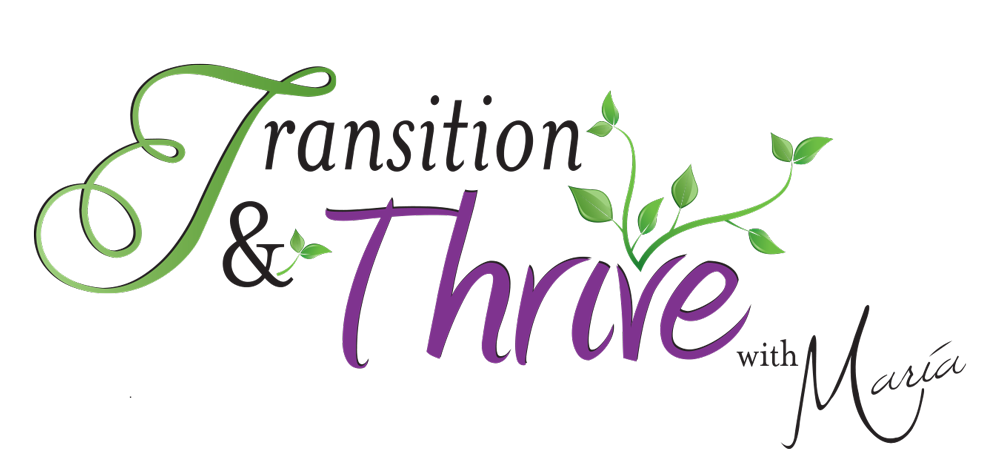If there has ever been a season ripe for setbacks, 2020 is it. And a long season it has been—with no clear end in sight. So, how do we get back on track when someone moved the track? Good question.
First of all, don’t think you’re alone—far from it. Even the most successful people get off track once in a while. Everyone has distractions and unexpected events that disrupt their everyday routines and habits. What we do when that happens is the key to turning setbacks into comebacks.
Some make excuses for getting off track, leading them into a downward spiral of negative thinking—feeling helpless and hopeless. On the other hand, some catch themselves before doing much damage and figure out ways to bounce back, getting back on track quickly. Which one are you? Don’t worry if you are both, depending on the situation. I’m in that camp.
Whether your setback is pandemic-caused or unrelated but happened in this season of Covid, what you do next will determine where you land.
Did you start a healthy routine, then the office closed, and you now work from home while becoming a teacher for your kids? That could destroy a new habit fast.
Are you anxious over all the unknowns and find it hard to focus, letting good habits fall by the wayside and bad habits take hold? It might affect your eating habits, workout routines, career plans, or business focus. Your relationships may suffer, and you may experience a domino effect if left unattended.
I’ve experienced some of this myself over the last several months—and not for the first time. It helped me to dust-off some strategies that worked in the past and find ways to apply them in today’s situation. These might help you, too.
Perspective—Getting Off Track
Taking a detour isn’t always a bad thing; neither is taking a break from a routine or habit that you can’t manage right now. Getting off track doesn’t mean you’re a failure; it means you’re human—just like the rest of us.
First, it’s how you look at it. Next, it’s what you do about it. Noticing that you are off track and deciding that you want to get back on track is the starting point.
Then, take some time to figure out what caused the setback. This exercise has been an excellent tool for me. Once I define the culprits, it’s easier for me to see how to maneuver from here.
Were there stressful life changes? Did you suffer a significant loss and needed time to grieve? Was there an injury or illness that put all routines on hold? Have you taken on new responsibilities, and you’re doing more than there are hours in the day to accomplish? Are your relationships strained, and you’re compensating in other ways?
Any one of these situations would qualify as a good reason for getting off track. And, you might be experiencing more than one—remember the domino effect.
Once you understand what led to the setback, you will likely know why it took you off track, and you can make plans for your comeback.
Planning to Get Back On Track
Now that you are clear on what happened to upset your habits and routines, you can make different choices that will slowly put you back in the game. Notice the word “slowly.” Depending on how far off track you got and for how long, you may not be able to jump right back in where you left off. If you do, and it hurts, it might set you back again—and for longer this time. So, take it slowly.
Decide what you care about most. Pick just one or two things to start. Let’s say the first one is to eat healthy again. Instead of planning seven days of healthy meals right away, you might want to start with tomorrow’s meals. Then you can slowly add another day or two. Easing back into the old routines, or gradually establishing new ones, will guarantee more success in the long run.
Remember to focus first on one or two changes you want to make. Then, determine how you want to fit each of these things into your daily routine and schedule. Put them on your calendar and do your best to honor the commitment to do them.
Don’t be surprised if one day life happens and throws your routine off track. It’s your chance to prove how committed you are to making the change—even if only partially. What I mean by that is, even if you can only eat one healthy meal today, it’s better than none. Cut yourself the break and get back to your new habit as soon as possible. Remember the domino effect again here.
Permit Yourself To Stay On Track
Another helpful technique to ensure you are staying on track is to put accountability measures in place. You might want to meet with a “buddy” regularly, share your goals, and talk about the ones you achieved. Be sure to also talk about the ones you missed, why, and what you want to do to get better next time. Work on the basics first because you can work on the details over time as your habits become second nature.
One more essential component of getting back on track is to make this easy for yourself. Change is hard. Breaking old habits and creating new ones can be a challenge, too—especially after a setback. So, set reminders about your new routine. It might be an alarm on your phone to eat a snack at a particular time or to take a walk with the dog. Make it as easy for you as you can, and don’t beat yourself up too much if you miss something. Just get back to it as soon as you can.
Above all else, find the strategies that work best for you. If something isn’t working, mix it up. Try something different. If you need ideas, ask for help. There is no shame in that.
Then, choose how you want to show up for yourself. Step into your confidence and allow yourself to get back on track at your pace. I have always believed that two steps forward and one step back is still progress. Celebrate the masterpiece in you.
And give yourself enough grace to allow the work-in-progress to unfold.
The First Step
If 2020 has caused you setbacks and you want to get back on track, you may wonder if it’s even possible. Making choices that move you forward can be challenging and getting some guidance may be just what you need. Start by exploring how change can impact you. And learn how to move through it with more dignity and grace by reading my free book, then let’s have a chat. Click here to take the first step: From Darkness to Light: Learning to Adapt to Change and Move Through Transition.

